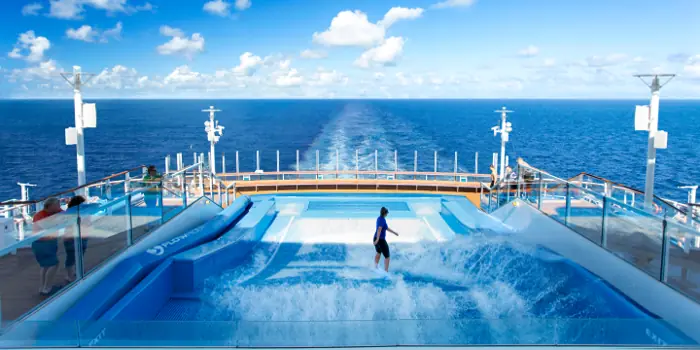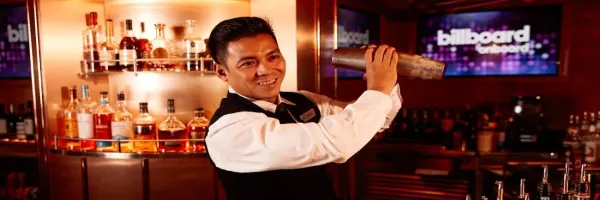With new ships and cruise innovations being announced all the time, we at Iglu Cruise can’t help but reflect on just how far the cruise industry in general has come throughout the years. Many cruise lines have roots going back more than one hundred years, and in fact P&O can be traced back to 1822. To understand how cruising as we know it today has come to be, we decided to take a closer look at 200 years of cruise history.
Cruising in 1800-1850
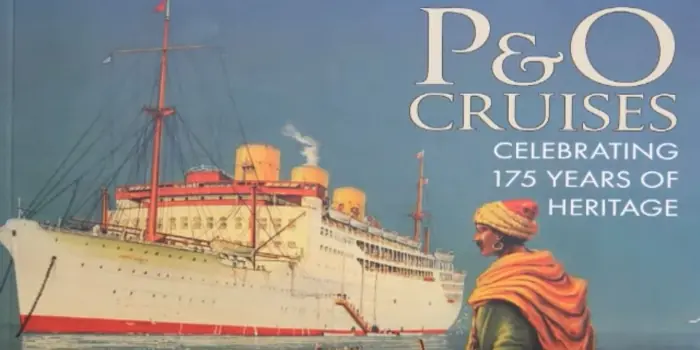
Most of the older cruise lines started off as shipping companies, often competing for national contracts to deliver mail across the world. What we now know as P&O was founded in 1922 as the Peninsular Steam Navigation Company, and in 1837 they were granted the government contract to take mail from Falmouth to as far as Gibraltar. From then expansion grew and by 1842 their ships were traveling as far as India, Hong Kong in 1845, and Australia in 1852.
Similarly in 1840 Cunard was granted the contract to deliver mail across the Atlantic, with their ship Britannia making the first crossing from Liverpool to Halifax in just ten days. Meanwhile, in Norway, in 1848 Fred. Olsen was also founded as an international shipping company by three brothers.
Cruising in 1850-1900

Over the years taking passengers on these ships became the norm, especially when the boom of immigrants seeking passage to America began in the late 19th century. In fact, between 1860 and 1900 Cunard took around 2.2 million immigrants to the New World.
Popular cruise line Holland America Line started off in a similar way, as a transatlantic steamship company in 1871. The next year, in 1872, one of their ships – The Rotterdam – left the Netherlands for America with 70 passengers and around 800 tons of cargo onboard. The exports were primarily made up of tulips and Dutch gin.
Whilst most passengers at this time are believed to be immigrants and tradespeople, it is thought that the idea of ‘pleasure cruises’ came along in 1889, with The Orient Line (which later became part of P&O).
Cruising in 1900-1950
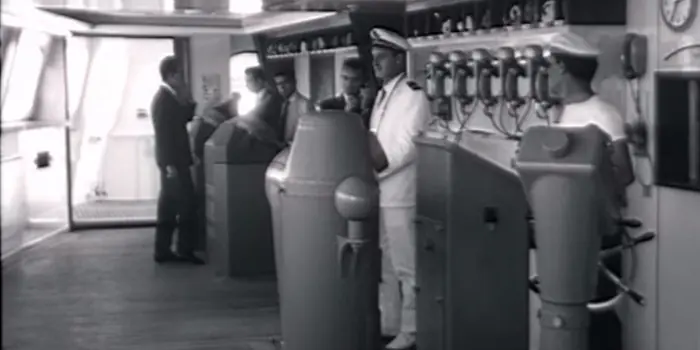
Then in 1900, the Hamburg America Line created the first purpose-built pleasure cruise ship. It was a very exclusive affair, offering entirely first-class cabins. Competitors P&O, Cunard, and White Star Line then began offering more pleasure cruises, in a range of destinations. 1912 saw the devastating Titanic disaster, which occurred just four days after the White Star Line ship left Southampton. Cunard’s Carpathia was deployed to rescue just over 700 survivors.
This half century saw some significant disruption to the cruise industry, with World Wars 1 and 2 claiming a number of cruise ships in service. Fred. Olsen alone lost 23 ships in WWI, and 28 in WWII.
Between these devastating wars, shipping lines were able to prosper to a degree, in particular what is now Costa Cruises thrived in producing and shipping olive oil to America. Also, in 1922, Cunard sent their ship Laconia on the very first world cruise. By 1948, Costa also broached passenger cruising, and ran a 16 day trip from Genoa to Rio de Janeiro and Buenos Aires.
Cruising in 1950-2000
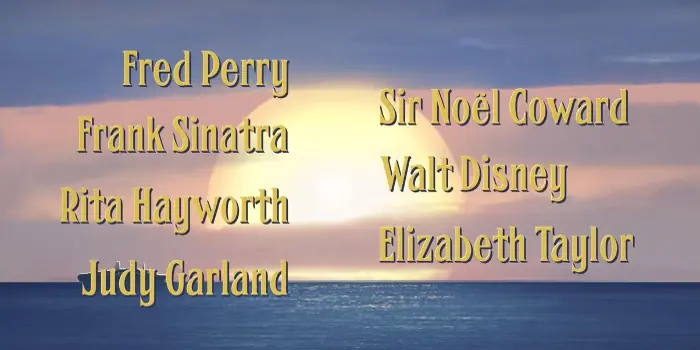
The 1950s saw what many people refer to as the Golden Age of cruising come into being. Cruises became social events with filled with games, drinking, dancing, and even glamorous guests. In 1950 Cunard held an all-American star cruise, with special guests Noel Coward, Judy Garland, Frank Sinatra, Elizabeth Taylor, Walt Disney, and Rita Hayworth onboard to entertain.
It was also around this time that P&O began taking immigrants to a new destination; Australia. After WWII life had changed so drastically in the UK that many people decided to look for a new life in a new continent.
Between 1947 and 1972 over one million people paid a fare of £10 for passage to Australia, earning them the nickname ‘Ten Pound Poms’, and the majority of these travelled with P&O. Famous names such as Kylie Minogue and Hugh Jackman are among those who lived in Australia as a consequence of this.
During this half century, many more of the modern cruise lines were founded. There was Princess Cruises in 1965, Norwegian Cruise Line in 1966, Royal Caribbean in 1968, MSC in 1970, Carnival in 1972, Celebrity Cruises in 1989, and Silversea in 1994. The TV programme Love Boat, which was set on a Princess Cruises ship, ran from 1977 to 1990, and is believed to have been a big contributor towards the success and popularisation of cruising.
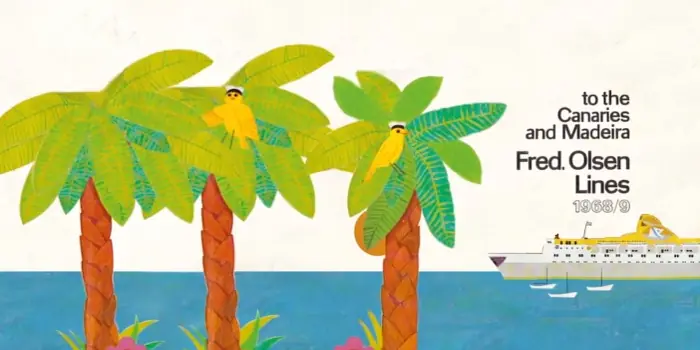
Cruising 2000 - Now
Seeing the huge developments made in the world of cruising in the last few decades, of course it was no surprise to see the main lines begin to compete with one another. As a consequence, in recent years we have seen some astounding features and incredible technology making its way onboard.
These include Royal Caribbean’s brilliant surf simulator, FlowRider, in 2004, the planetarium onboard Queen Mary 2 in 2009, and Norwegian Cruise Line’s race track in 2017. Also in 2017 Royal Caribbean built the largest cruise ship in the world, Symphony of the Seas, which can accommodate up to an incredible 6,680 passengers.
